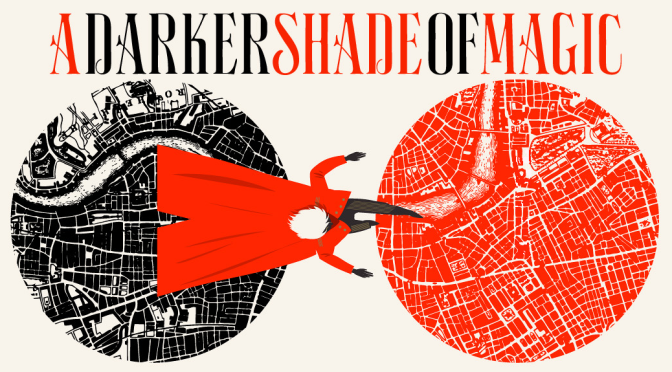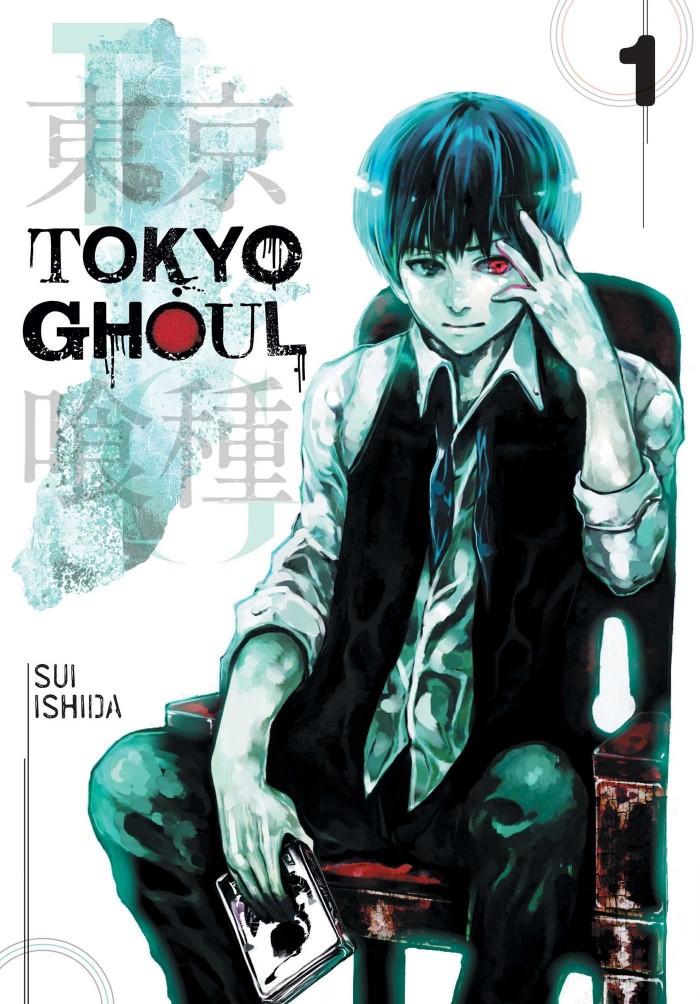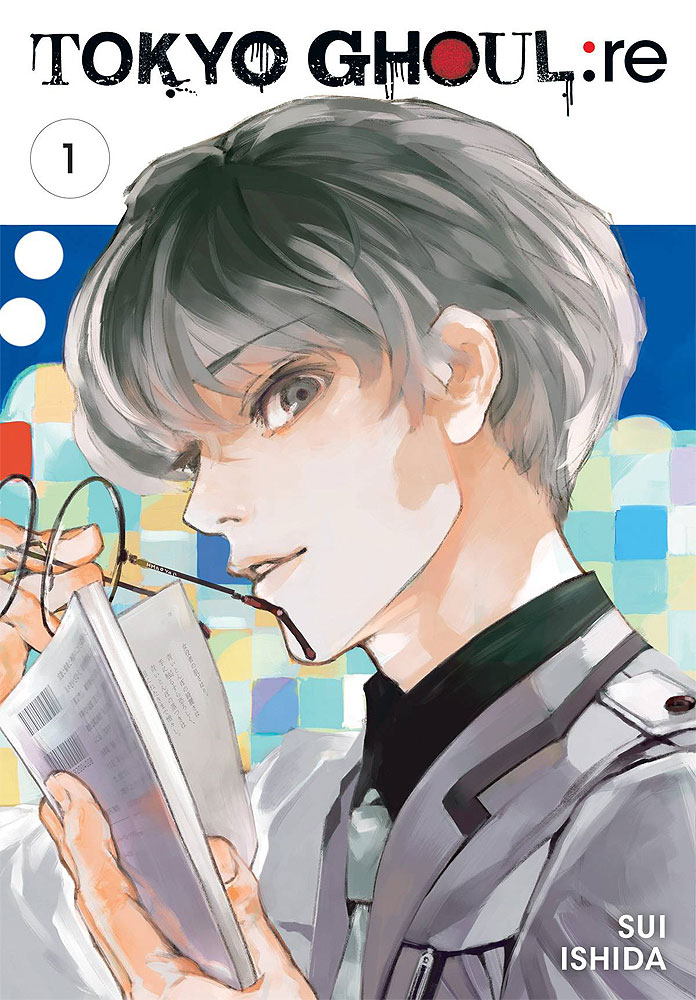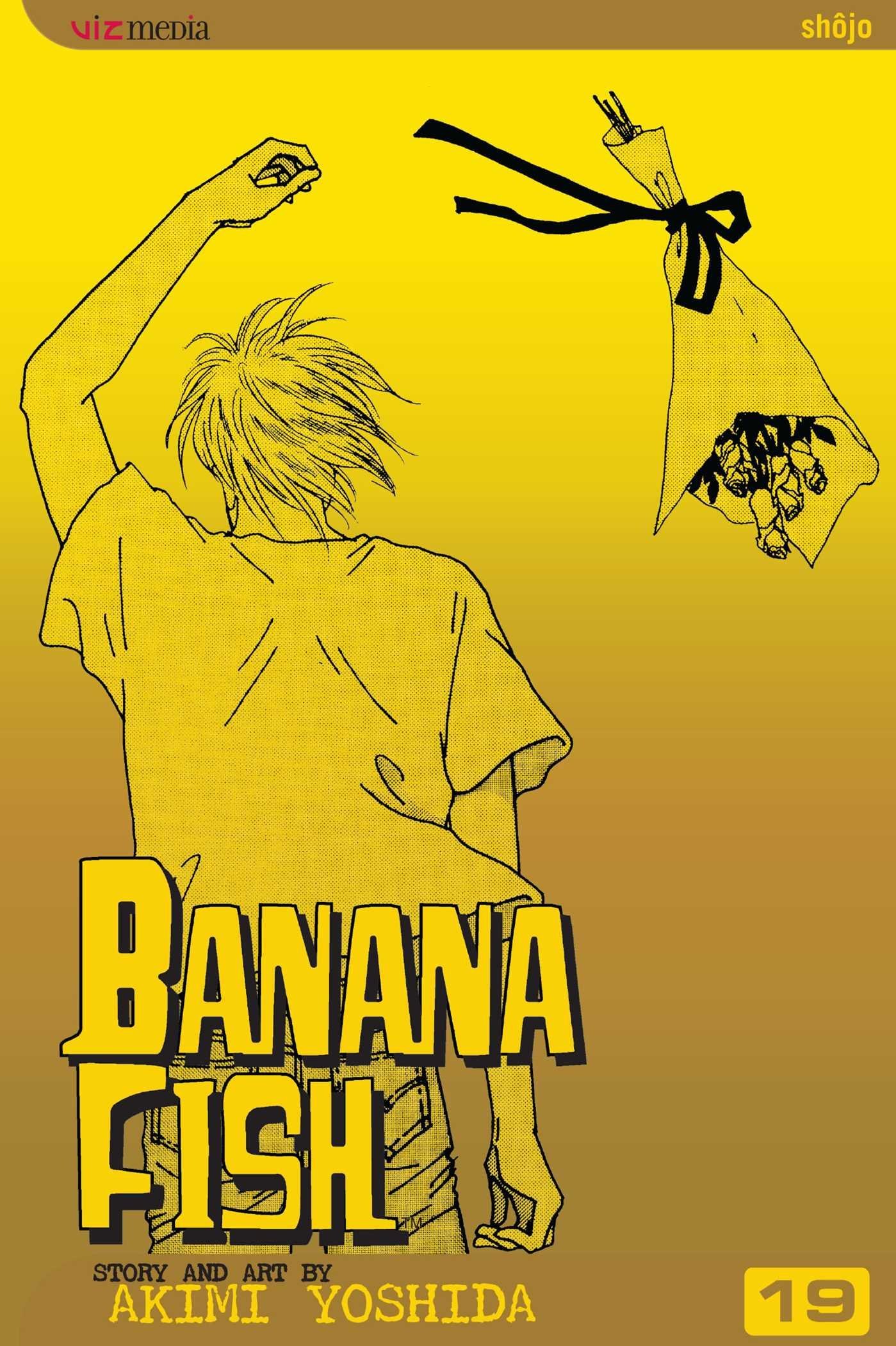The Following is a guest post by Sarah Murtagh.
Death is often the worst case scenario, not only in real life but also in fiction. The fear that death could happen to a character, or a character’s loved ones, creates a tension in the story not just for the characters but for the fans as well.
While certainly not always at the forefront of a fan’s mind, the possibility of that worst case scenario creates a narrative tension that is often crucial to establishing the tone of the story and a reader’s expectations. If readers are invested, seeing a character brush against death keeps us on the edge of our seats. We pick at our fingernails and bite our lips, and as the tension in the story tightens, so do we. Our jaws set and fingernails cut into our palms as our fists clench with anxiety.
The immense relief when the character escapes that fate—or the anguish and grief if they don’t—is one of the most powerful experiences for a fan. But this effect is only possible with a precise execution of narrative tension.
But what happens when that tension, created by the possibility of death, is loosened or even removed entirely?
Spoilers ahead for the Darker Shade of Magic trilogy by V.E. Schwab, Tokyo Ghoul by Sui Ishida, and Banana Fish (manga by Akimi Yoshida and anime by studio MAPPA).
The Darker Shade of Magic trilogy by V.E. Schwab (hereafter abbreviated as ADSOM) is the story of Kell Maresh, a magician from an alternate London in 1819, who can travel between four different worlds, each with its own corresponding version of London. Other central characters include Lila Bard, a 17-year-old girl from our London, Grey London; Rhy Maresh, crown prince of Red London and Kell’s adoptive brother; and Holland, a powerful magician from White London, the central antagonist.
While I adored the trilogy, an event in the first book softened the narrative tension irreparably for the entire rest of the series. In the middle of the first book, Kell’s brother Rhy is fatally wounded by the White London queen. Kell and Lila are able to escape with Rhy to relative safety, but Rhy dies. In a moment of heartrending desperation, Kell resurrects his brother by binding their lives together. As long as Kell lives, so shall Rhy.

While this scene does several great things for the series—further proving Kell’s love, devotion, and loyalty to his brother, and expanding the world’s potential and our understanding of Kell’s powers—it permanently removes the possibility of Kell’s and Rhy’s deaths in the series, cutting the narrative tension by monumental standards.
The series was exciting and intriguing, but after this event, I was no longer concerned with death as a possibility for these characters. It ensured the characters’ involvement in the rest of the series, promising their powers and capabilities would remain available to resolve each of the story’s future problems. From a narrative standpoint, these characters became invincible. This meant that no matter what happened, I was no longer anxious about the worst case scenario. I felt incredibly safe reading the story. This decision softened what could have been a much more emotional and powerfully gripping narrative.
It wasn’t just that those main characters were invincible, but that they were also what the other valued most. In one blow, the story has removed both the possibility of death for the main character and the person he loved most.
Since this series is not a tragedy, while killing one main character certainly seemed plausible, killing two at once was out of the question. And Kell’s and Rhy’s high positions in society afford them privileges other characters are not privy to. Together they have near-boundless connections and resources, as Rhy is the crown prince, and Kell a prince as Rhy’s adoptive brother and his world’s most powerful magician. No matter the troubles they find themselves in, they are be able to escape and re-establish safety with an ease other characters can’t.
Kell and Rhy survive the series, while in the third book other characters drop like flies. But because I was invested most in the central characters, and Kell and Rhy were untouchable from a narrative standpoint, as the other characters died my foremost emotion was of disconnected relief. My constant thought was, Well, at least I know the protagonists won’t die.
while one of the most enjoyable parts of the series, Kell and Rhy’s bond—both brotherly and magical—unfortunately also provided them with an unbreakable armor that removed me from the experience. I was not on the edge of my seat with concern when the death flags started flying. I was shielded from the worry of an invested fan that makes seeing the characters come out alive, if not unscathed, so much more emotional and satisfying.
Tokyo Ghoul, a dark fantasy horror manga by Sui Ishida that ran from 2011-2014, brought its readers on an incredible journey filled to the brim with narrative tension, and a much darker tone than ADSOM. While also a different medium, a weekly serialization rather than a trilogy with a book released once a year, Tokyo Ghoul delivered one of the most satisfying instances of character resurrection I’ve ever read, while also successfully maintaining narrative tension.

Tokyo Ghoul follows Ken Kaneki, a college student turned into a half-ghoul, a creature that feeds exclusively upon human flesh,by a doctor eager to put his experiments into action. Kaneki has to learn to navigate his new body and his place in a world that fears and hunts ghouls.
After several heartbreaking arcs and intense battles, at the end of the manga readers are led to believe that Kaneki has been killed by a ghoul investigator. It was a devastating end to the manga that shocked the fandom. Beyond grief for the character, readers also longed for a continuation of Kaneki’s story and the answers to open questions.
Nearly a month passed before the the publisher Shueisha announced the sequel Tokyo Ghoul:re (2014-2018). While there were suspected clues for a sequel planted in the final chapter, the announcement did not mention Ken Kaneki. Instead, the new protagonist would be Haise Sasaki, a ghoul investigator.
It would be another four months of speculation and sustained tension after the end of the initial manga before readers learned with absolute certainty that Sasaki was an amnesiac Kaneki held against his will by ghoul investigators.
This reader experience pushed the narrative point that there were indeed worse things than death, so that even after torture and an apparent death, Tokyo Ghoul could still make things worse for its protagonist.
This instance of death and resurrection kept the readers invested, concerned, and relieved while keeping the main character’s hope for resolution and eventual happiness just out of reach. The “resurrection” might have been a happy occasion, but the circumstances also made it disturbing for the characters and the readers.

Timing was imperative to achieving this, as the mangaka Ishida sustained tension by withholding the reveal of Kaneki’s survival until several chapters into the sequel. The situation of the main character’s lack of power in relation to those over him also added to the danger and increased the tension. An immediate resurrection would have cut the narrative tension to nothing and removed the reader’s opportunity to fully experience the emotional journey and corresponding grief.
And while Kaneki’s “resurrection” in Tokyo Ghoul:re removed the possibility of a second, true death, as readers would have inevitably expected and hoped for another return, the story kept tension by allowing what was most important to Kaneki to remain at stake throughout the series: his goals and the lives of his loved ones. Kaneki’s trauma also ripped through the narrative like a constantly reopening wound, creating tension with acute realism.
The satisfying follow through of resurrection after a tragic “death” increased the excitement of the reader and provided a new set of problems and stakes. It revived not only Kaneki himself, but also the story, which wove into an eventually hopeful narrative with a satisfying conclusion.
In ADSOM, the antagonist, Holland went through a similar “resurrection.” The most powerful magician from White London and enslaved by the king, Holland appeared to die at the end of the first book, only to reappear in the second book more powerful than ever but enslaved by a different master. This “death” and resurrection worked marvelously to create and sustain tension, although with a different purpose than in Tokyo Ghoul. Holland played the role of the central antagonist of the series, and the consequences of his resurrection served as a constant roadblock for the protagonists Kell, Lila, and Rhy. However, even his power wasn’t enough to truly threaten the main characters and what they loved most, as their safety had already been assured.
Anticipating the reveal of Holland’s survival created fantastic tension throughout the second book of the ADSOM trilogy, as the reader awaited the protagonists discovering Holland’s survival. As Holland pushed the narrative forward, the reader’s emotional connection and sympathy for him deepened and strengthened, as we learned more about him and his past until his eventual demise. While Tokyo Ghoul’s resurrection of Kaneki made a true death for its protagonist unlikely, as an antagonist of ADSOM, a true death only seemed inevitable for Holland throughout the series.
Banana Fish provides an entirely different experience with death and resurrection. Its protagonist Ash Lynx is a 17-year-old New York City gang leader intent on escaping the clutches of Corsican mafia boss Dino Golzine. He seeks revenge for the unspeakable wrongs Dino has done to him and for the deaths of his loved ones. As a crime thriller set in the real world, there are no fantastical elements to provide hope for a genuine resurrection upon death.
Death is not just a possibility in this series, but a constant realistic threat delivered with a cold and impartial brutality that plays a crucial part in making Banana Fish the heavy, moving story it is. Violence and death are present in the series from the start when Ash’s older brother deployed overseas massacres his comrades against his will. In the first volume of the manga and first two episodes of the anime, unnamed characters are shown to have died from apparent suicides. A reporter dies in a New York City alley just after handing Ash a mysterious vial. Ash shoots and kills another gang member after his friends are kidnapped, and an early fan favorite character, a child, is killed by a member of the Corsican mafia.

Death and trauma are constants throughout the series, while not being so overdone that it desensitizes us or removes emotional weight. In the riveting and tense action sequences of Ash’s quest for freedom and revenge, myriad background characters die to establish tone and set up the expectation of death as a reality, but we’re allowed enough time to connect with and invest in named characters so that each loss is a blow to the heart.
Halfway through the series, at the end of volume 10 and episode 14, all of the characters and we readers are led to believe Ash has died after recovering from a surgery and transferring to another hospital. As the protagonist, Ash has a bit of plot armor that prevents us from truly fearing he’s actually died. What sort of story would kill its protagonist halfway through, especially when they are the irreplaceable driving force of the narrative? The narrative tension still exists though, but in a different way. We are not concerned that Ash’s story will end here. Instead, we’re treated to the dramatic irony that, once we as readers or viewers learn that Ash lives, the rest of the characters do not. The story sustains tension and excitement as we anticipate the inevitable reveal to the other characters that Ash has survived. And once this happens, the “death” proves further useful, as Ash uses the situation to his advantage. He keeps up the pretense of his death to the general public to evade police.
Because we do not fully believe that Ash has died though, the possibility of a true death still remains entirely likely, especially when his enemies include the Corsican and Chinese mafias, a set of mercenaries formerly of the French Foreign Legion, the NYPD, high-profile corrupt politicians, and disgruntled gang members on Ash’s home ground.
The narrative tension remains tight and unyielding as steel right through the final battle, until cutting through to the series’ conclusion, when several characters meet tragic or else well-deserved ends.
The possibility of death as a narrative device is imperative to establishing and sustaining tension. While there’s no one right way to do it, the threat of death in fiction is often a key element to creating tension in a compelling story, and removing it can inadvertently soften the narrative.